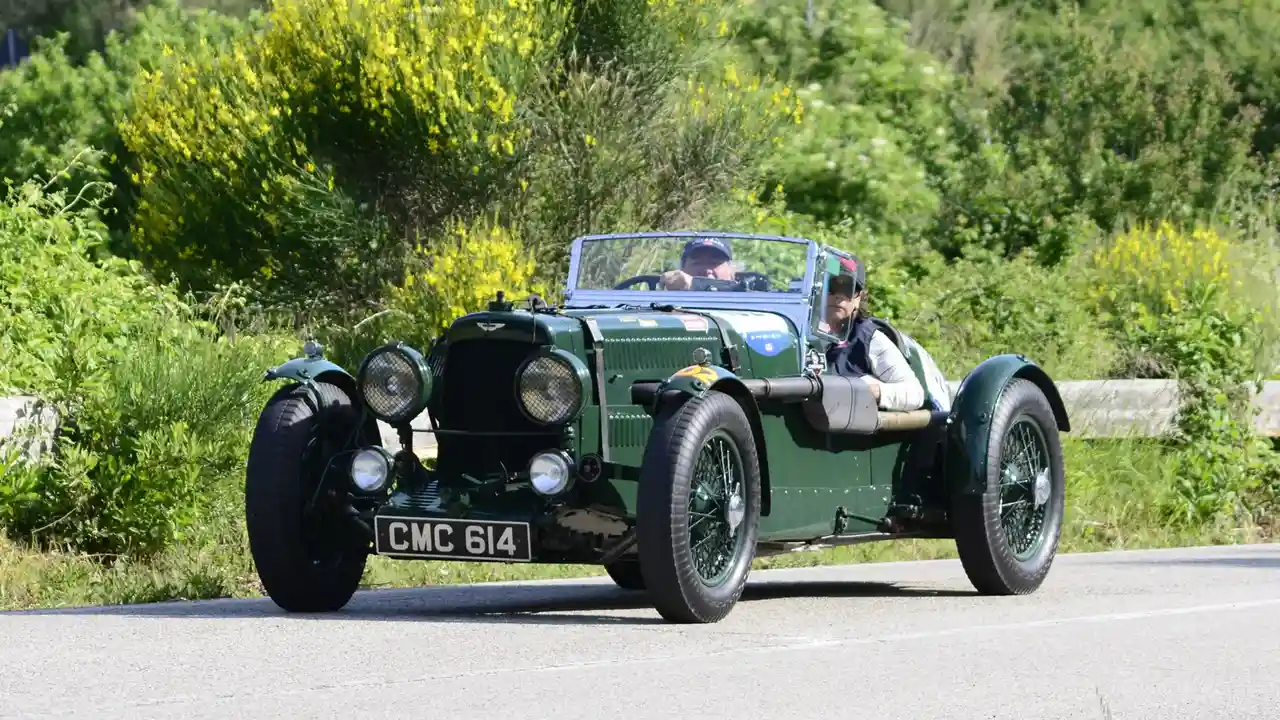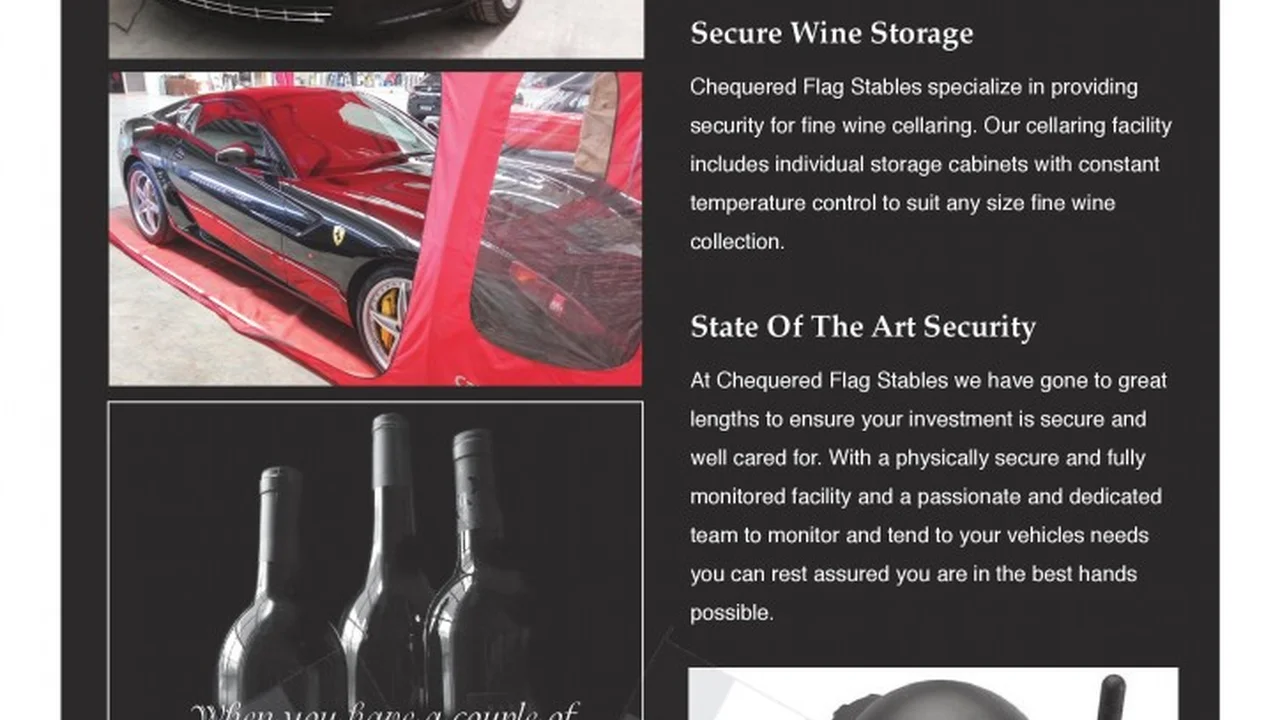Restoring a Classic Ferrari The Ultimate Guide
Explore the ultimate guide to restoring a classic Ferrari. Covering everything from sourcing parts to paintwork and mechanical restoration.

Why Restore a Classic Ferrari? The Allure of Automotive History
So, you're thinking about restoring a classic Ferrari? Awesome! But before you dive headfirst into a pile of oily parts, let's talk about why this is such a cool project. Restoring a classic Ferrari isn't just about fixing up an old car; it's about breathing life back into a piece of automotive history. These cars aren't just transportation; they're rolling sculptures, testaments to Italian design and engineering prowess. Plus, there's the sheer satisfaction of taking something that's been neglected or worn down and transforming it back to its former glory. And let's be honest, driving a meticulously restored classic Ferrari is a serious head-turner!
Finding the Right Ferrari for Restoration: Models and Considerations
Not all Ferraris are created equal, especially when it comes to restoration. Some models are easier to restore than others, due to parts availability and complexity of the original design. Consider these popular choices:
- Ferrari Dino 246 GT: Relatively simpler mechanics and good parts availability make this a great entry point.
- Ferrari 308/328: These are more modern and generally more reliable, but still offer a classic Ferrari experience.
- Ferrari 365 GTB/4 Daytona: A more ambitious project, but the Daytona is a true icon and worth the effort if you're up for the challenge.
- Ferrari 250 Series (GTO, California, etc.): If you've got the budget and expertise, restoring a 250 series Ferrari is the ultimate dream. Be prepared for significant investment and complexity.
Considerations:
- Budget: Restoration costs can vary wildly. Set a realistic budget and stick to it.
- Parts Availability: Research parts availability before committing to a specific model. Some parts are readily available, while others are rare and expensive.
- Your Skill Level: Be honest about your mechanical abilities. Don't be afraid to outsource certain tasks to professionals.
- Originality: Decide how original you want the restoration to be. A concours-level restoration will be more expensive and time-consuming.
Sourcing Ferrari Restoration Parts: Where to Find Authentic Components
Finding the right parts is crucial for a successful Ferrari restoration. Here's where to look:
- Ferrari Classiche: The official Ferrari restoration department. They offer genuine parts and certification for classic Ferraris. Expect to pay a premium.
- Specialist Ferrari Parts Suppliers: Companies like G.T. Car Parts, Maranello Auto Parts, and Eurospares specialize in Ferrari parts. They offer a wide range of new, used, and reproduction parts.
- Online Marketplaces: eBay, Hemmings, and other online marketplaces can be good sources for used and NOS (new old stock) parts. Be cautious and thoroughly inspect parts before buying.
- Ferrari Clubs: Ferrari clubs often have members who are knowledgeable about parts sourcing and may be able to help you find what you need.
- Swap Meets and Auctions: Attending classic car swap meets and auctions can be a great way to find rare and hard-to-find parts.
Product Recommendations:
- Ferrari Classiche Parts Catalog: The official source for genuine Ferrari parts.
Use Case: Ensuring authenticity and originality in your restoration.
Comparison: More expensive than aftermarket options, but guarantees perfect fit and finish.
Price: Varies significantly depending on the part. - G.T. Car Parts Reproduction Parts: High-quality reproduction parts for various Ferrari models.
Use Case: Filling gaps where original parts are unavailable or prohibitively expensive.
Comparison: More affordable than Ferrari Classiche, but may not be 100% identical to the original.
Price: Generally 20-50% cheaper than genuine parts. - Carpoint Paint: Top quality automotive paint for classic car restoration.
Use Case: Perfect for restoring your Ferrari to its original paint color.
Comparison: Provides a durable and long lasting finish.
Price: $200-$500 per gallon.
Bodywork and Paint Restoration: Achieving a Flawless Finish
The bodywork is where you'll really see the transformation happen. This stage involves:
- Rust Repair: Identifying and repairing any rust damage. This may involve welding in new panels or using rust repair products.
- Panel Beating: Straightening out any dents or imperfections in the body panels.
- Body Filling: Using body filler to smooth out imperfections and create a perfectly smooth surface.
- Priming: Applying a primer coat to protect the metal and provide a good surface for the paint.
- Painting: Applying multiple coats of paint to achieve a flawless finish. This requires specialized equipment and techniques.
- Clear Coating: Applying a clear coat to protect the paint and give it a glossy shine.
- Polishing and Buffing: Polishing and buffing the paint to remove any imperfections and create a mirror-like finish.
Mechanical Restoration: Rebuilding the Heart of Your Ferrari
The mechanical restoration is all about rebuilding the engine, transmission, suspension, and other mechanical components. This is where your mechanical skills will be put to the test.
- Engine Rebuild: Disassembling the engine, inspecting all the parts, and replacing any worn or damaged components. This may involve machining the engine block, replacing pistons, rings, bearings, and valves.
- Transmission Rebuild: Disassembling the transmission, inspecting all the parts, and replacing any worn or damaged components.
- Suspension Overhaul: Replacing the shocks, springs, bushings, and other suspension components.
- Brake System Restoration: Rebuilding the brake calipers, replacing the brake lines, and installing new brake pads and rotors.
- Electrical System Restoration: Replacing any worn or damaged wiring, connectors, and electrical components.
Interior Restoration: Preserving the Original Elegance
The interior is where you'll spend most of your time, so it's important to restore it to its original elegance.
- Upholstery Restoration: Replacing the seat covers, carpets, and headliner. This may involve sourcing original materials or using high-quality reproductions.
- Dashboard Restoration: Repairing any cracks or damage to the dashboard and refinishing it to its original color.
- Gauge Restoration: Restoring the gauges to their original condition. This may involve cleaning, repairing, or replacing the gauge faces, needles, and movements.
- Trim Restoration: Polishing or re-plating any chrome or stainless steel trim.
Tools and Equipment for Ferrari Restoration: Essential Gear for the Job
You'll need a good set of tools and equipment to tackle a Ferrari restoration. Here are some essentials:
- Basic Hand Tools: Wrenches, sockets, screwdrivers, pliers, etc.
- Specialized Ferrari Tools: Some Ferrari models require specialized tools for specific tasks.
- Engine Stand: For rebuilding the engine.
- Transmission Jack: For removing and installing the transmission.
- Welding Equipment: For rust repair and bodywork.
- Paint Sprayer: For painting the body.
- Air Compressor: To power the paint sprayer and other air tools.
- Media Blaster: For removing rust and paint.
Budgeting for Your Ferrari Restoration: Estimating and Managing Costs
Restoring a classic Ferrari can be expensive, so it's important to create a realistic budget and stick to it. Here are some factors to consider:
- Purchase Price of the Car: The starting point for your budget.
- Parts Costs: The cost of replacement parts.
- Labor Costs: If you're outsourcing any work to professionals.
- Paint and Bodywork Costs: The cost of bodywork and paint.
- Unexpected Expenses: Always factor in a contingency fund for unexpected expenses.
Timeline for a Ferrari Restoration: Planning and Scheduling Your Project
A Ferrari restoration can take months or even years to complete, so it's important to plan and schedule your project carefully. Here are some tips:
- Create a Detailed Plan: Outline all the tasks that need to be done.
- Set Realistic Deadlines: Don't try to rush the process.
- Track Your Progress: Monitor your progress and adjust your schedule as needed.
- Be Patient: Restoration takes time and effort.
Resources for Classic Ferrari Restoration: Books, Websites, and Communities
There are many resources available to help you with your Ferrari restoration:
- Ferrari Forums: Online forums where you can connect with other Ferrari enthusiasts and ask questions.
- Ferrari Clubs: Local and national Ferrari clubs offer support and resources for owners.
- Restoration Shops: Professional restoration shops can provide expert advice and services.
- Books and Manuals: Technical manuals and restoration guides can provide valuable information.
:max_bytes(150000):strip_icc()/277019-baked-pork-chops-with-cream-of-mushroom-soup-DDMFS-beauty-4x3-BG-7505-5762b731cf30447d9cbbbbbf387beafa.jpg)






